Ven con tu autocaravana
Playas sin igual
Disfruta de las playas de Mazarrón
Mar o montaña, tu decides
Multitud de rutas para senderismo o MTB
Grandes parcelas para caravanas
Comodidad y espacio para todos tus complementos
The campsite is located 800 meters from the best beaches on the coast in a quiet area surrounded by mountains. Because of our location and the amount of trees available to the campsite will be very pleasant stay.
Also due to this privileged location we have been selected by AEMET for the placement of a complete meteorological station. You can check the data here!
Ctra N-332, Km.26 - 30860 Puerto de Mazarrón - Murcia (España)
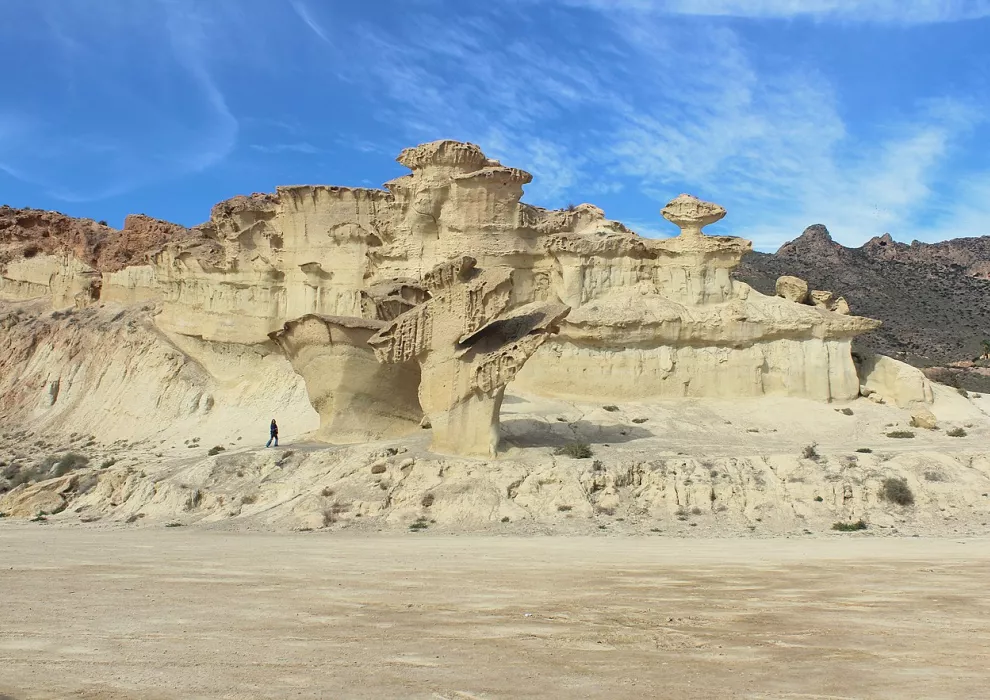

Mazarrón
Mazarrón is set in a wide bay that opens up into the Mediterranean and has a coastline of 35 km. It has two important urban centres: the port and the town capital, five kilometres from the coast.Mazarrón offers beautiful places which stand along the 35 km of its coastline and enjoy the protection of its 300 days of sunshine per year and average temperature of 20ºC.
Its seafaring and fishing tradition. This activity can be seen in the port, with its fish market and shallow-water fishing boats.
Mazarrón contain interesting monuments. Of special interest are its Town Hall and the Former Cultural Centre, which are of Modernist style and stand as indications of the splendour of the beginning of the century. Behind the Town Hall is the church of San Andrés with a beautiful Mudejar coffered ceiling and nearby, the Convent of La Purísima. It is also possible to visit the ruins of the Castle of the Vélez family. Out of the town, there are other towers, such as the Torre de Vieja de la Cumbre in the port, the Tower of Los Caballos and the Tower of Santa Isabel in Bolnuevo and, on the hill of El Molinete, a watchtower with a circular layout.
Las Gredas de Bolnuevo
Opposite the Beach of Bolnuevo is one of the most spectacular landscapes of the region, where, on white sandstone, the erosion of the wind and the water has sculpted beautiful shapes, known as Bolnuevo Erosions. Beaches such as La Reya, Bahía, Nares or El Castellar and virgin coves such as Cala Amarilla, La Grúa Beach, Parazuelos, Covaticas, Ballenato, Percheles, etc., offer ideal conditions for beach and sea lovers or for those who enjoy long walks along the seashore.
Nautical Activities
Mazarrón is also the ideal place for enjoying a complete range of leisure possibilities, nautical activities and active tourism. The Mazarrón marina has 200 mooring points. In its regatta club, competition is combined with courses at beginners and advanced levels. It is also possible to practise rowing, sea paragliding, water-skiing and speedboat racing. Divers can also find many clubs that organise courses at all levels together with diving expeditions to enjoy the beauty of the rocky sea bottoms, spectacular underwater caves and grottos.
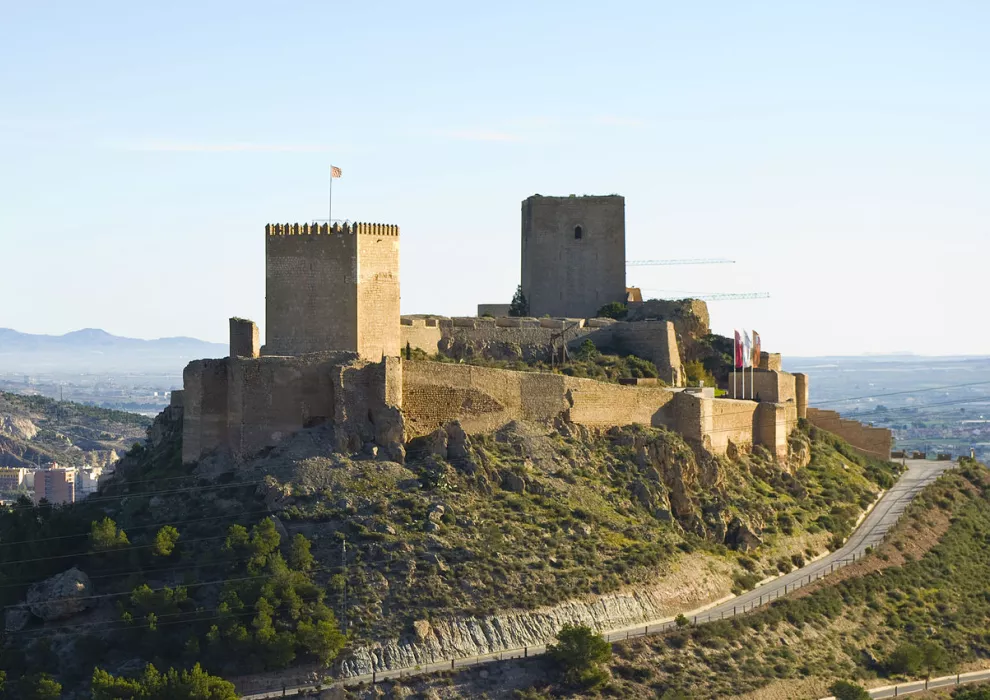

Lorca
Visitors are always made more than welcome in Lorca, and its year-round good weather, restaurants, hotels and first-class tourist infrastructures, all combine to add to the rural tourism on offer in the largest district in the Region of Murcia.
The city and its nearness to its many mountain chains and areas of great natural beauty make Lorca a place to really have a good time.
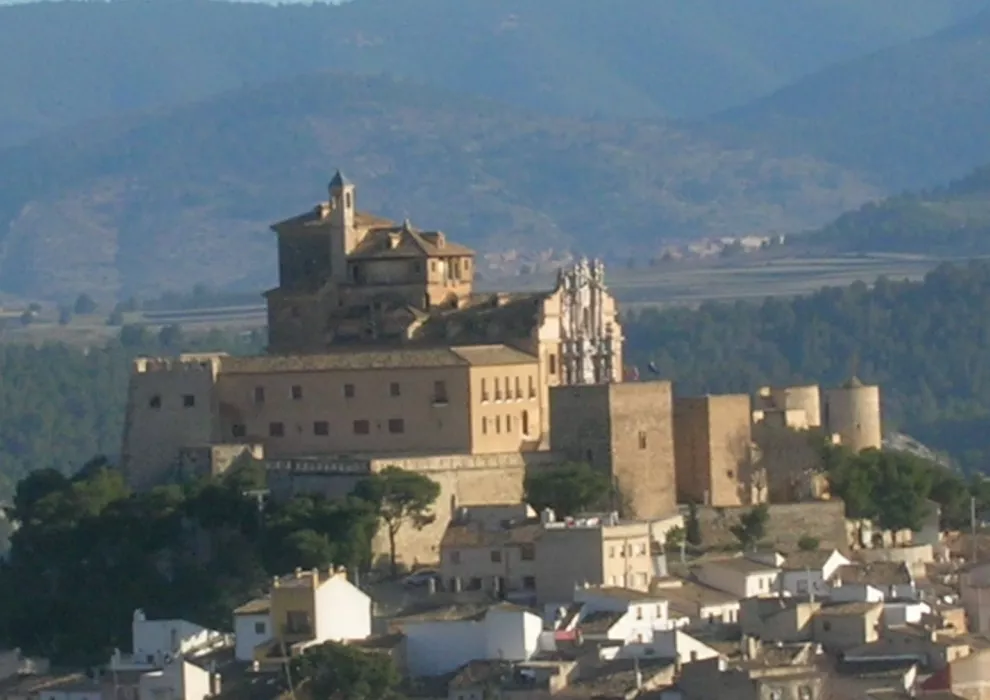

Caravaca de la Cruz
Caravaca de la Cruz is a town located on the border of Murcia and Granada. The Iberians, Romans and Muslims all passed through this town, which has developed around its Castle.Caravaca is essentially the holy town, the town of the cross that carries its name. The most important feature of this building is its luxurious façade, made from red marble excavated in Cehegín and which offers a complete exaltation to the Holy Cross.In 1998 the Pope awarded Caravaca de la Cruz the Jubilee Year, making this town the fifth in the world, together with four other cities (Santiago de Compostela, Santo Toribio de Liébana, Roma and Jerusalem), to be allowed to celebrate the Perpetual Jubilee.
Despite its small size, another very important monument in Caravaca is the Temple of the Holy Cross, where the relic is bathed each year on 3 May during the celebration of the popularFestivities of The Holy Cross. Another popular "fiesta" is los Caballos del Vino (Wine horses). The commemoration consists in decoratively harnessed horses galloping up the steep slopes to the Castle. Together with the Moor and Christian processions, these are the main events in the festive calendar of Caravaca.
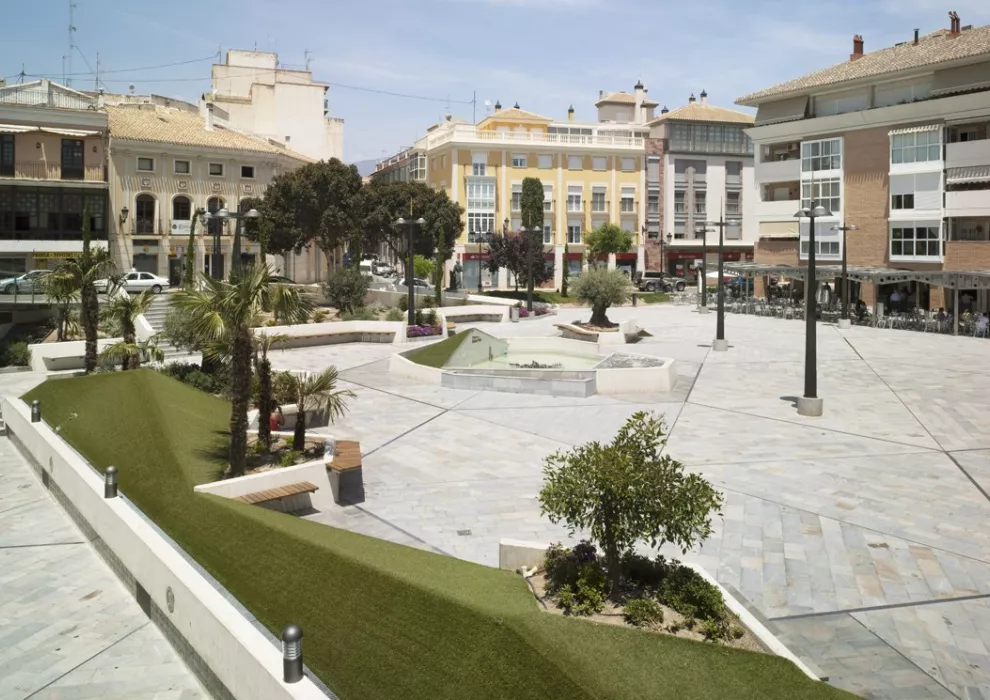

Totana
Seven kilometres away on a winding road which takes the visitor through lush orchards, palm groves and pine woods dotted with old country mansions is the Ermita de la Santa, dedicated to St. Eulalia. Further inland is the Sierra Espuña Natural Park, the region's lung so to speak, with deep pine- and oak-forested valleys cutting between the rugged peaks of Sierra Espuña.
Near the summit are the ruins of curious circular 16th-century constructions known as 'pozos de la nieve' or snow cellars where snow was gathered and stored before being taken on horseback for use in the nearby towns.
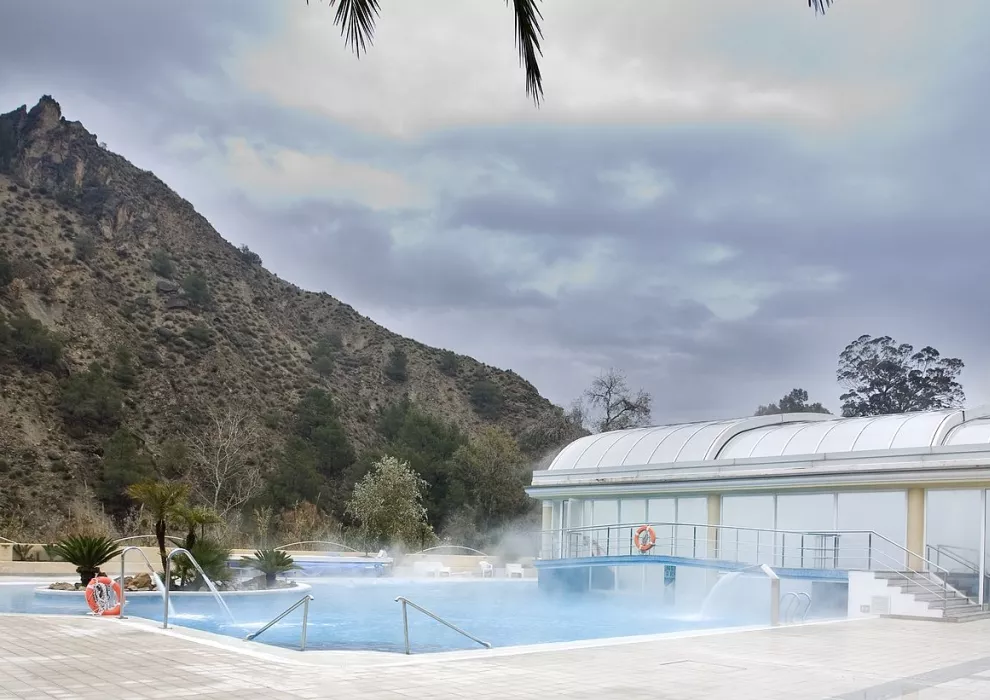

Archena
Its excellent spa baths, in use since Roman times, rounds off Archena's charm. The waters that spring from the ground at 50ºC have healing properties and can be experience at leisure in the spa complex which offers a wide range of other services.
The church dedicated to La Virgen de la Salud (Our Lady of Good Health), the patron saint of Archena, stands within the grounds of the spa complex and is also one of the town's visitor attractions.
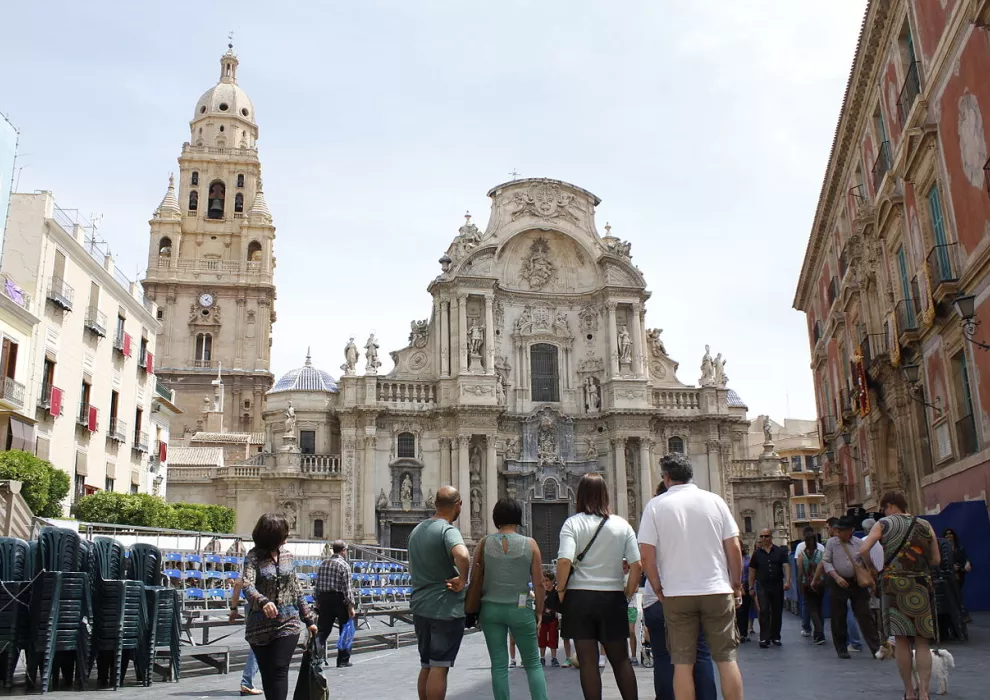

Murcia
Is a modern city, equipped with all the necessary facilities and infrastructures, an extensive university complex and an Auditorium and Congress Centre.The most important religious building in Murcia is its Cathedral.All this artistic and historic wealth is on display at the city's museums, such as the Archaeological Museum, the Fine Arts Museum or the Salzillo Museum, where visitors can enjoy the procession images created by this skilled Murcian maker of images for the procession of the morning of Good Friday, as well as his famous Nativity Scene, which marks the start of one of the oldest traditions in Murcia.
Murcian art is not limited to the city boundaries. Magnificent examples of baroque architecture can be found at the La Fuensanta Chapel or the Monastery of San Jerónimo, which is known as El Escorial Murciano, The Escorial of Murcia.
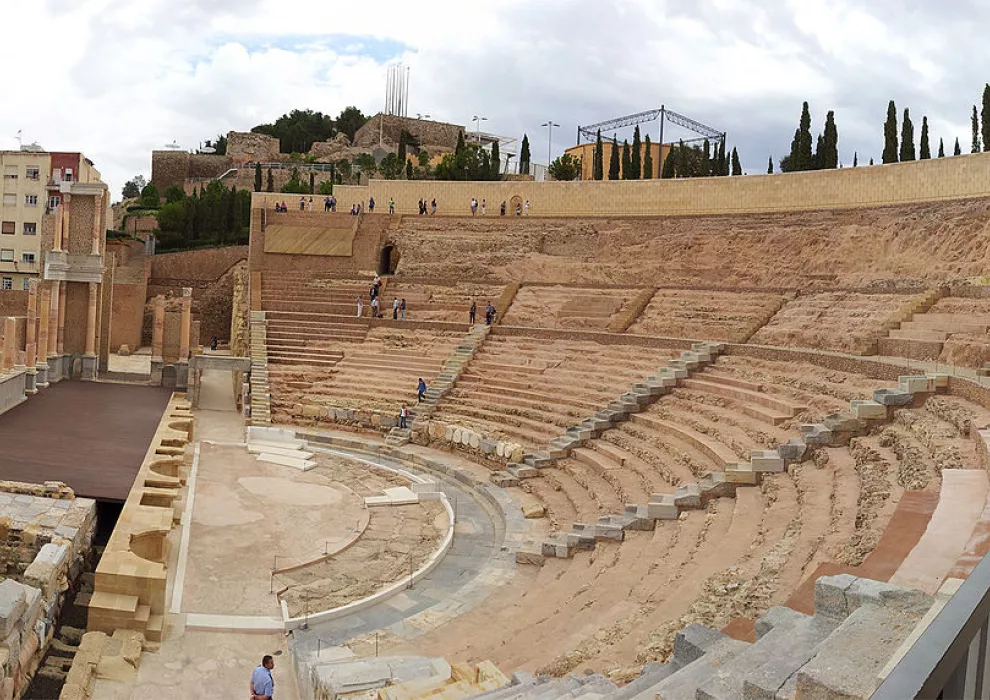

Cartagena
Cartagena city with more than 2,500 years of history. Each corner, street and square of the city offers travellers monumental examples of its splendorous historical past.
The visitor will also be able to enjoy the local gastronomy which, in the case of Cartagena, is special in that it is a port, but with the country right nearby. Both fresh and salted fish and seafoods, the very typical "caldero" - a type of fish stew served with rice and garlic - as well as meat and agricultural produce from its fertile inland, all washed down with local wines and accompanied by the traditional drinks of the area such as the asiatico coffee (coffee with condensed milk, cinnamon, lemon and whole coffee beans), which delight the palate of all those who come to find out about its traditional cuisine.
A visit to Modernist Cartagena will undoubtedly start at the port, where you can see the prototype submarine designed by Isaac Peral, the predecessor of today¿s submarines, and the 18th century Carlos III wall. As you head inland from the port, you will come across a number of exceptionally beautiful modernist buildings such as the Consistorial Palace (1907), the Casino, the Casa Cervantes and Casa Llagostera in Calle Mayor, and the Grand Hotel in Calle del Aire.
Wander around the History of Cartagena Interpretation Centre and find out about the origins of this three-thousand-year-old city. The Castillo de la Concepción or Conception Castle is located on one of the five hills that surround Cartagena and shows how the city has developed over time and the different civilisations that have occupied it. If you have the chance, take the panoramic lift up to the roof terrace of the fortress.
With Cartagena Port of Cultures you can travel back in time to the splendours of Roman Carthago Nova, one of finest periods in the city´s history. There are vestiges of Roman civilisation all around the city: Take a walk along the Decumanus (Roman street).
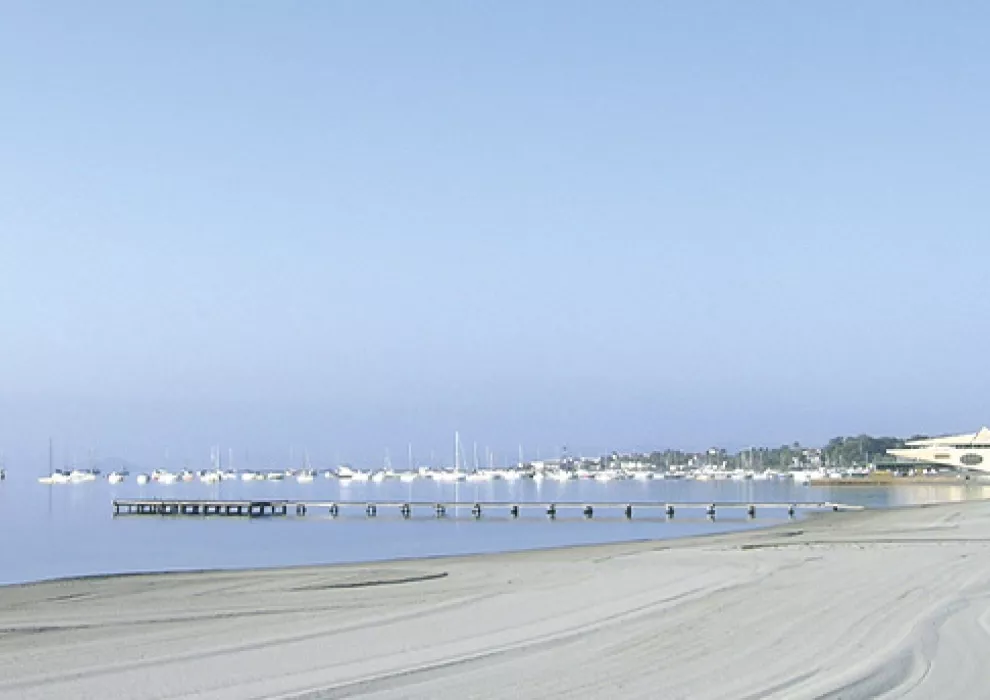

San Javier
Located on the coast of the Mar Menor
Currently, this modern-looking town has a beautiful sea front and holds on to its fishing village flavour. La Manga, which mostly belongs to the municipality of San Javier, offers the possibility of choosing between two seas with different temperatures, saltiness and waves. Moreover, its special qualities for water sports and its wide range of leisure and accommodation possibilities have turned it into a magnificent tourist resort.
The airport of San Javier is the only one at this moment in our Region, and it receives many flights daily from many European cities.
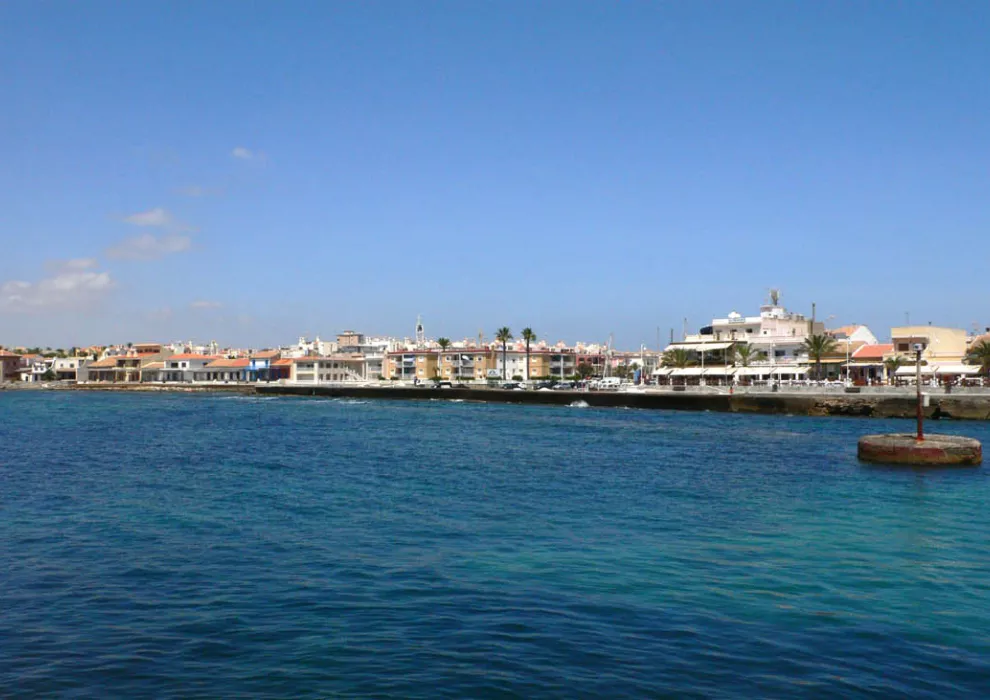

Cabo de Palos
This area is attractive to divers, as its seabed is one of the most important reserves of the Mediterranean Sea.
In La Manga del Mar Menor, just 30 kilometers from the city of Cartagena is located Cabo de Palos, a peninsula of 400 meters wide, whose coastline is dotted with quiet coves with clear waters. However, the main attraction of this place is in the sea.
Two and a half miles from the coast comes Ants Islands. For its exceptional beauty and conservation, its seabed have been declared Integral Marine Reserve, and are considered one of the best places in Spain for scuba diving. In its depths there are reefs and corals, but also wrecks and sunken ships: an adventure for scuba divers.
